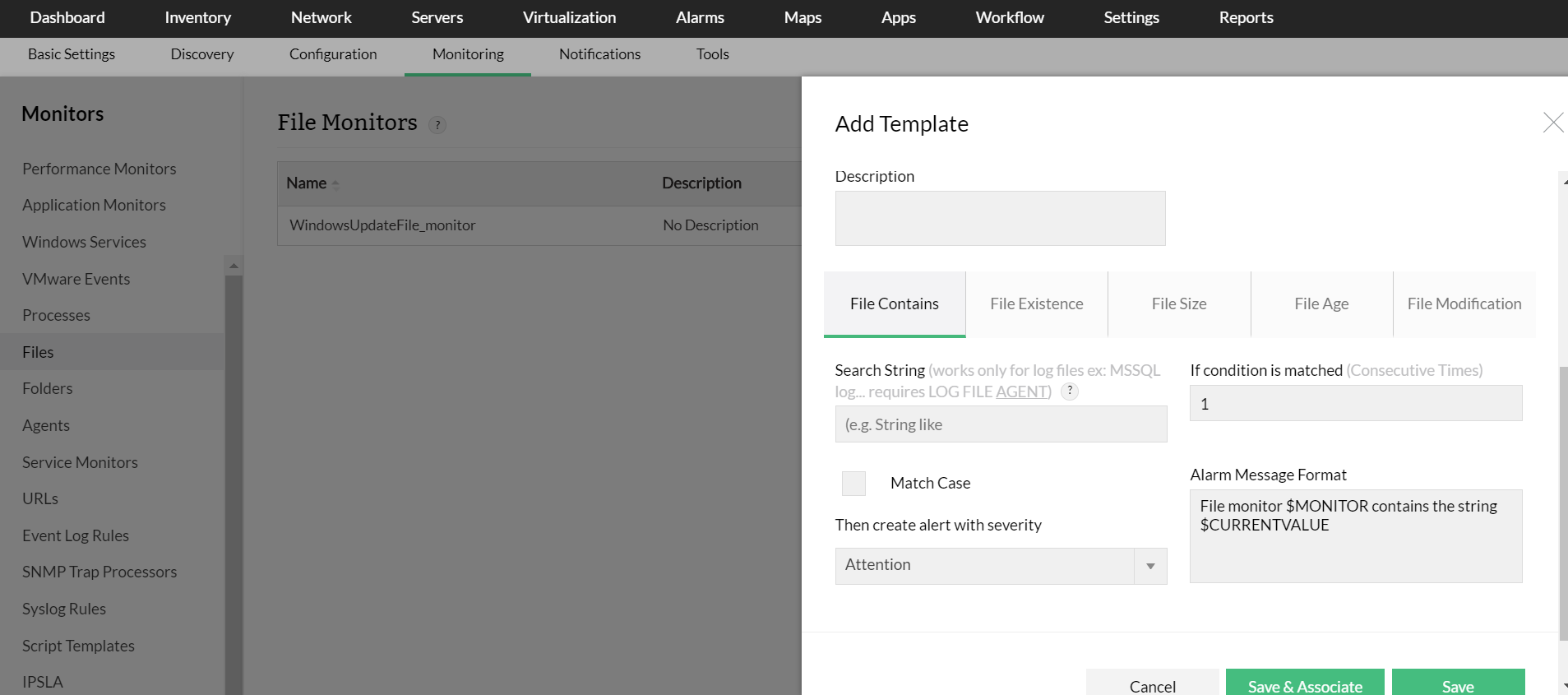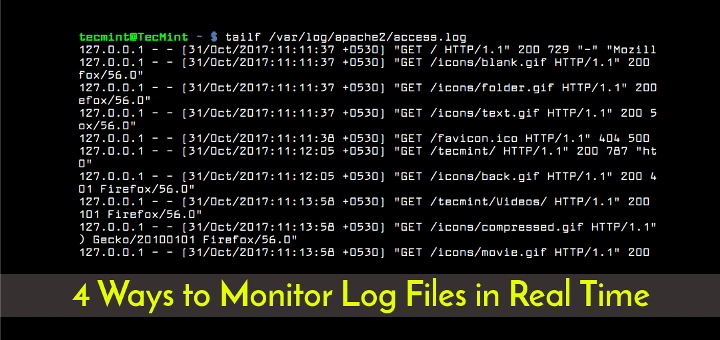


Through isolated single pores in a thin membrane carrying the epithelial cell layer only cells above the pores are stimulated by solutes. Here, we present a tool based on a microfluidic biochip that enables novel research approaches by providing a means to control the basolateral microenvironment of a confined number of neighbouring cells within an epithelial monolayer. It regulates location-dependent differentiation into specific cellular sub-types, but, on the other hand, a disturbed microenvironment can promote malignant transformation of epithelial cells leading to cancer formation. This enabled to generate novel complementary evidence for the previously proposed lateral import mechanism of SSTR3 into the cilium along the plasma membrane.Ī key factor determining the fate of individual cells within an epithelium is the unique microenvironment that surrounds each cell. Furthermore, our CAD-based system allowed assembling a large dataset in which apical and basolateral surface SSTR3 signals could be compared to ciliary SSTR3 signals on a single cell level.

In addition, we found a similar behavior for another ciliary protein, nephrocystin-3 (NPHP3), thus suggesting a potential correlation between ciliary and basolateral trafficking. This yielded the interesting discovery that SSTR3, besides being transported to the primary cilium, is also targeted to the basolateral plasma membrane. By using somatostatin receptor 3 (SSTR3) as model protein we studied intracellular transport and ciliary import with high temporal and spatial resolution in epithelial Madin-Darby canine kidney (MDCK) cells. This approach enables to create a wave of ciliary proteins that are transported together, which opens novel avenues for visualizing and studying ciliary import mechanisms. Here we introduce a system to synchronize biosynthetic trafficking of ciliary proteins that is based on conditional aggregation domains (CADs). The primary cilium is able to maintain a specific protein composition, which is critical for its function as a signaling organelle. Furthermore, we showed that our approach can separately detect and quantify the arrival of membrane proteins at the apical and basolateral plasma membrane in single polarized epithelial cells by detecting the luminescence signals with a microscope, thus opening novel avenues for characterizing the variations in trafficking in individual epithelial cells. The best results were achieved with split Nanoluciferase, for which luminescence increased more than 6000-fold upon recombination. We compared the performance of split Gaussia luciferase and split Nanoluciferase by using a system to synchronize biosynthetic trafficking with conditional aggregation domains. Once the protein of interest arrives at the cell surface, the luciferase fragments complement and generate luminescence. Here, we introduce a novel approach based on split luciferases, which uses one luciferase fragment as tag on the protein of interest and the second fragment as supplement to the extracellular medium. However, the sensitively measuring the cell surface concentration of a particular protein of interest in live cells and in real time represents a considerable challenge. In particular, epithelial cells tightly control the number of carriers, transporters and cell adhesion proteins at their plasma membrane. Each cell in a multicellular organism permanently adjusts the concentration of its cell surface proteins.


 0 kommentar(er)
0 kommentar(er)
